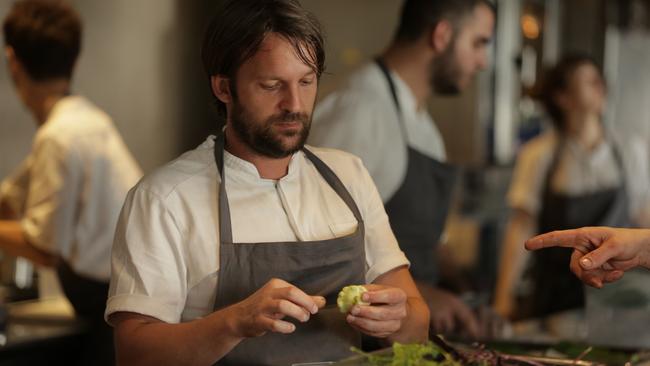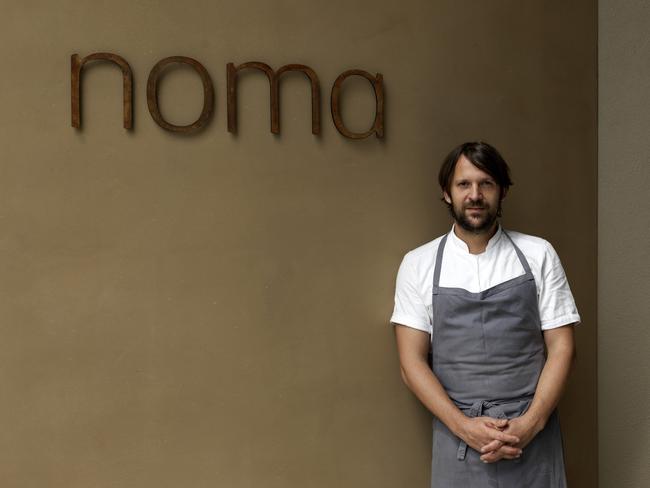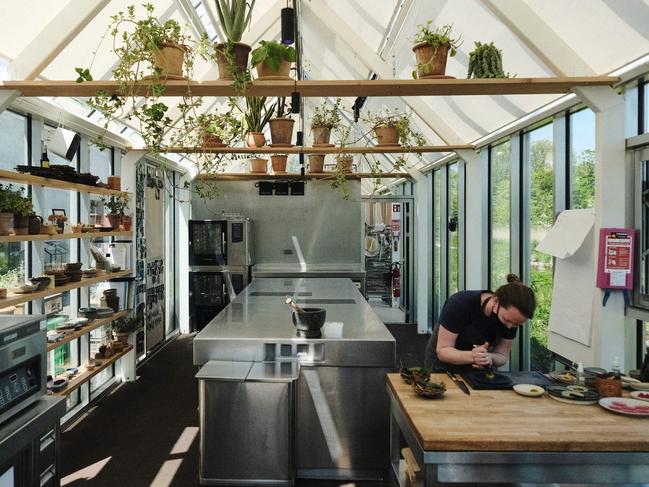The Mouth: Why I didn’t rate the ‘world’s `best restaurant’
With Noma set to close its doors, some are lamenting the loss of fine dining. It’s not. People will find other ways to sell gussied-up food at great cost.

Confidential
Don't miss out on the headlines from Confidential. Followed categories will be added to My News.
One of the only good bits of parenting advice this column can give is that sometimes it is smart to give in and let a child have some awful piece of plastic junk he or she demands at the shop, on the proviso that you warn them in advance that the thing they think they really want will turn out to be awful.
Done right, the lesson is learned and years of Aisle 6 tantrums are avoided.
Bonus points, of course, if you manage to put the lesson in practice in your own life.
We were thinking about this with the news that Danish fine diner Noma – the so-called “best restaurant in the world” – is finally winding up.
It brought back memories of the time we found ourselves sitting up until after midnight with three different devices, clicking faster than a chimpanzee in a cocaine addiction study, trying to secure a booking at Noma’s ten-week pop-up in Sydney.

Of course, like the aforementioned plastic toy, the meal was much less than met the eye.
In fact, it was entirely ridiculous. Obsessively precise Michelin-starred tweezer food mashed up with patronising nods to native Australian ingredients, it was like a meal assembled by a busload of neurosurgeons who’d just come back from an outback bush tucker tour.

Anyway, Noma is dead now, or about to be, and everyone is predicting the end of “fine dining”, whatever that is.
This is, of course, nonsense.
Some complain fine dining is elitist, which is code for they think they know better how you should spend your money.
Others say it exploits workers and pays them too little, particularly at the junior level, a complaint that is most often typed out on the screen of iPhones assembled by happy workers in China who receive fair wages, hour long lunch breaks, and generous health and leave benefits.
All of this is nonsense, and it is important to point this out for a couple of reasons.
Number one, Sydney is becoming a proving ground for all sorts of high-end dining concepts, from Clare Smyth’s Encore to Big Sam Young’s S’more in Castlecrag, which we hope to review soon as an example of the “less is more” fitout trend.
And number two, if you kill off the classic fine diner, people will find other ways to sell food at great cost – and with bigger margins – just gussied up with the buzzwords of the day.
Remember this column if a year from now you’re reading about a $65 bowl of pasta formed from “sustainable” wheat.
The Mouth is an anonymous critic and bon vivant who pays his own way around Sydney and beyond.




